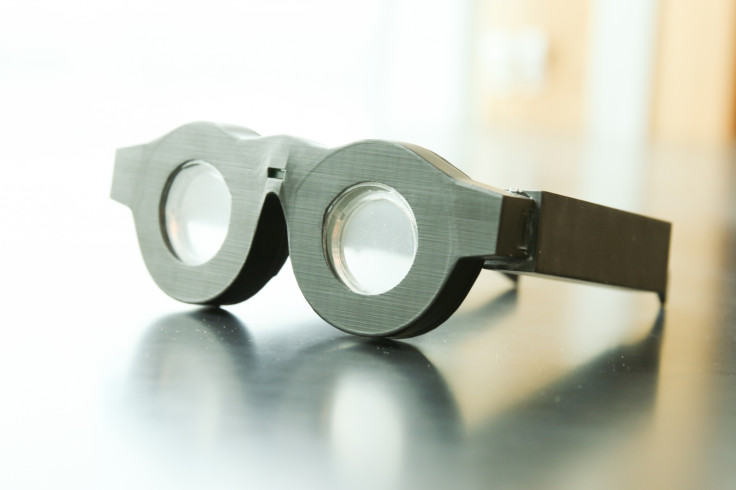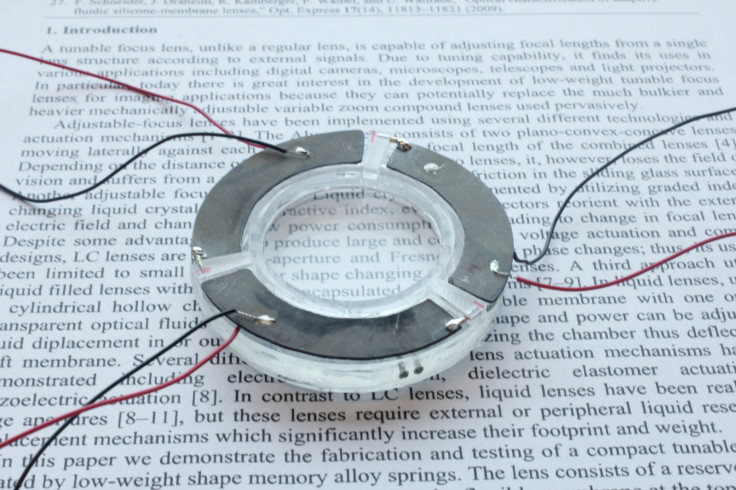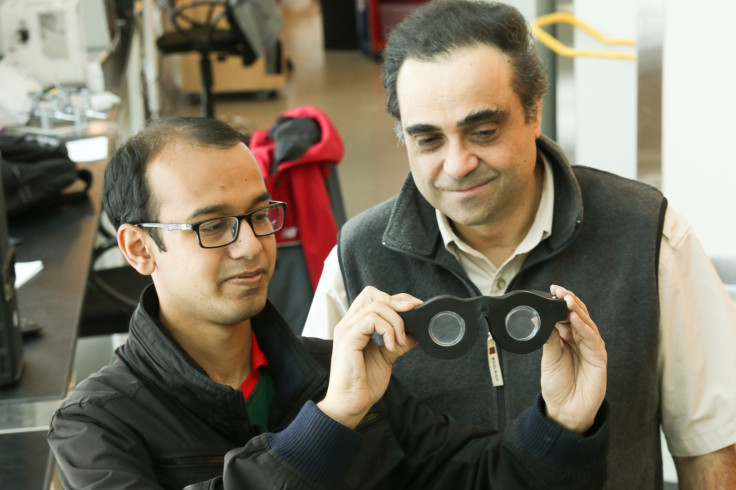Bye bye bifocals: Scientists create auto-focusing smart glasses that adjust to wearer's eyesight
Programme in the prescription via a smartphone app and the glasses do the rest.

A team of engineers has developed a pair of eyeglasses that automatically adjust focal length based on what the wearer is looking at. The so-called adaptive eyeglasses contain special liquid lenses and sensors that make them capable of focusing on both nearby and faraway objects, without the wearer having to switch frames.
The 'smart glasses' have been developed by a team of engineers at the University of Utah and could do away with the need for bifocals entirely. And, because the lenses continually adjust to the wearer's eyesight, there's no need to continually change prescriptions as eyesight deteriorates with age: all the wearer has to do is program in their prescription using a smartphone companion app and they're set for life.

Work on the glasses was published in a recent edition of optics journal, Optics Express. Carlos Mastrangelo, the University of Utah professor who led the research team, said: "Most people who get reading glasses have to put them on and take them off all the time. You don't have to do that anymore. You put these on, and it's always clear.
The lenses in the glasses consist of a rubbery membrane containing glycerine, a clear liquid substance derived from animal fats and vegetable oils and commonly found in soap and other cosmetic products. Small piston-like actuators attached to the lenses push them back and forth to change the curvature, and therefore the focal length, of each lens.

This means they are equally suited for treating short-sightedness and long-sightedness. "The focal length of the glasses depends on the shape of the lens, so to change the optical power we actually have to change the membrane shape," said Mastrangelo.
An infrared sensor in the bridge of the glasses, powered by a battery hidden inside the frames, acts as a distance metre between the wearer and the object they're looking at, moving the actuators accordingly and thereby allowing the lenses to re-adjust focus. According to the researchers, the glasses can switch focus between objects in as little as 14 milliseconds.
Mastrangelo and his team hope to have developed a slimmed-down, consumer-ready pair of their smart glasses within the next three-years, and has partnered with US start-up Sharpeye LLC to get them onto shelves.
If frames aren't your thing, Google is currently working on a smart contact lens with auto-focus powers designed presbyopia sufferers.
© Copyright IBTimes 2025. All rights reserved.






















